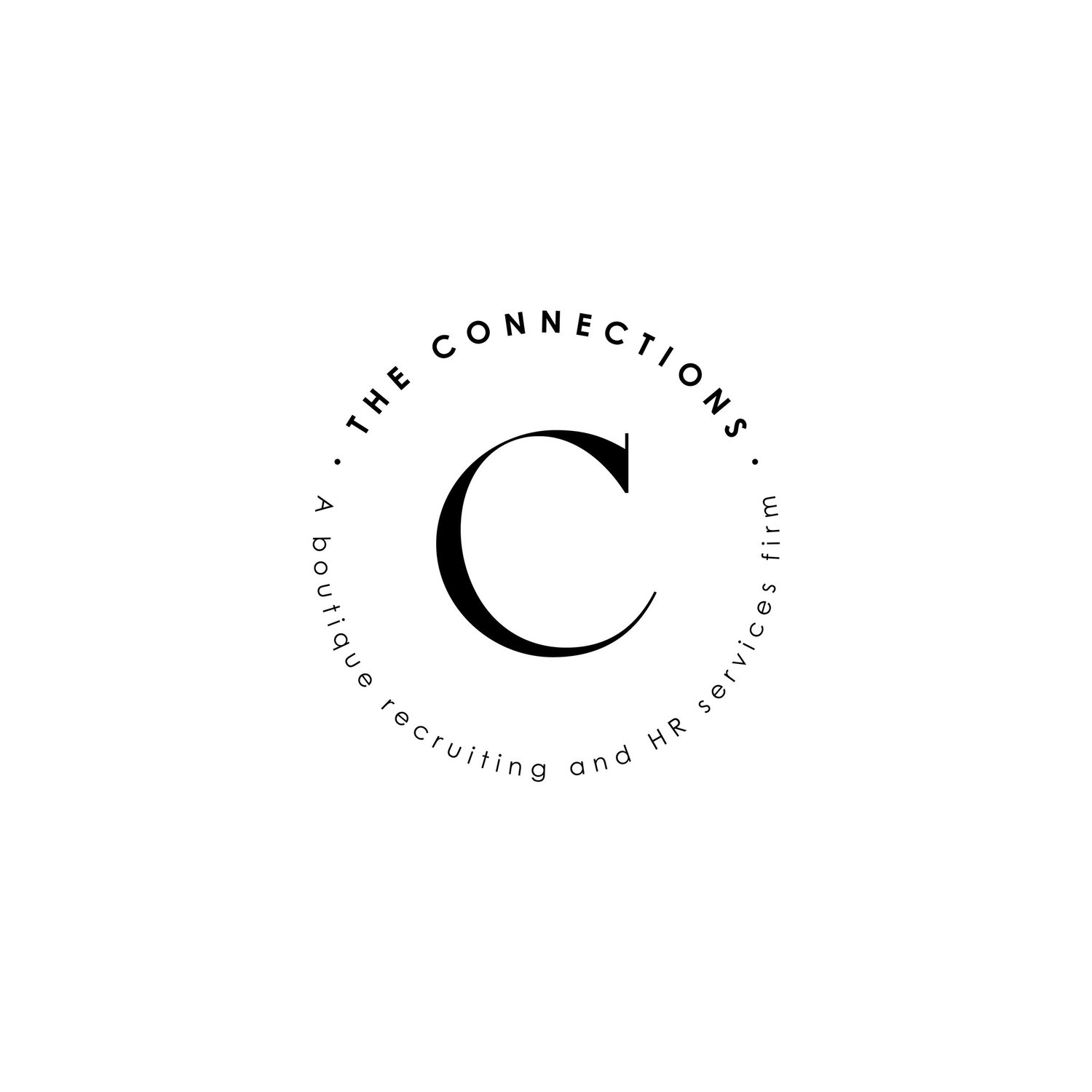The Biggest Recruiting Challenges in 2025 and How to Avoid Them
Introduction
Recruiting in 2025 is more complex than ever, with rapid technological advancements, shifting workforce expectations, and an evolving regulatory landscape. Companies need to stay ahead of these challenges to attract and retain top talent. In this blog post, we’ll explore the biggest recruiting challenges of 2025 and provide actionable strategies to overcome them.
1. Talent Shortages in Specialized Industries
The Challenge
Industries such as HVAC, healthcare, and tech are experiencing talent shortages due to an aging workforce and a lack of skilled professionals. Finding candidates with the right expertise is becoming increasingly difficult.
How to Avoid It
Invest in Training and Development: Offer apprenticeships, internships, and upskilling programs to develop talent from within.
Leverage AI and Data Analytics: Use predictive analytics to identify potential candidates early and streamline the hiring process.
Expand Your Search: Tap into underrepresented talent pools, such as veterans, career changers, and recent graduates.
2. The Rise of Remote and Hybrid Work
The Challenge
Many candidates now expect flexible work arrangements, making it harder for companies with traditional in-office roles to attract talent.
How to Avoid It
Offer Flexible Work Options: Consider hybrid or fully remote roles where possible.
Enhance Company Culture Virtually: Use digital tools to maintain engagement and inclusivity among remote employees.
Adjust Compensation Packages: Provide benefits that cater to remote workers, such as home office stipends and wellness programs.
3. Increasing Competition for Top Talent
The Challenge
Companies are competing for the same highly skilled candidates, leading to bidding wars and inflated salaries.
How to Avoid It
Build a Strong Employer Brand: Showcase company culture, values, and employee testimonials on social media and your website.
Offer Competitive Benefits Beyond Salary: Provide perks such as student loan assistance, mental health support, and career development opportunities.
Speed Up the Hiring Process: Streamline recruitment with automation and quick decision-making to prevent losing candidates to competitors.
4. AI and Automation Disrupting Traditional Hiring Practices
The Challenge
AI is transforming recruiting, but companies that don’t adopt new technologies risk falling behind.
How to Avoid It
Embrace AI for Screening and Sourcing: Use AI-powered tools to scan resumes, match skills, and reduce bias.
Balance Automation with Human Touch: While AI can speed up processes, ensure human interaction remains central to recruitment.
Train HR Teams on AI Ethics: Educate your team on AI fairness and transparency to avoid unintended biases.
5. Compliance and Changing Employment Laws
The Challenge
Regulations around hiring practices, data privacy, and workplace equity are constantly evolving, creating legal risks for companies.
How to Avoid It
Stay Informed: Regularly review labor laws and partner with legal experts to ensure compliance.
Implement Fair Hiring Practices: Use structured interviews, blind resume screening, and standardized assessments.
Maintain Transparent Policies: Clearly communicate diversity, equity, and inclusion (DEI) policies to employees and candidates.
6. Retention and Employee Engagement
The Challenge
High turnover rates continue to plague many industries, making long-term retention a top priority.
How to Avoid It
Improve Onboarding: A structured onboarding process helps new hires integrate smoothly and feel valued.
Offer Career Growth Opportunities: Employees stay longer when they see a clear path for advancement.
Foster a Positive Work Environment: Regular feedback, recognition programs, and wellness initiatives contribute to employee satisfaction.
Conclusion
The recruiting landscape in 2025 presents numerous challenges, but companies that adapt and innovate will stay ahead. By embracing technology, prioritizing candidate experience, and fostering a strong workplace culture, businesses can attract and retain top talent in a competitive job market. Implement these strategies now to future-proof your recruitment efforts!

